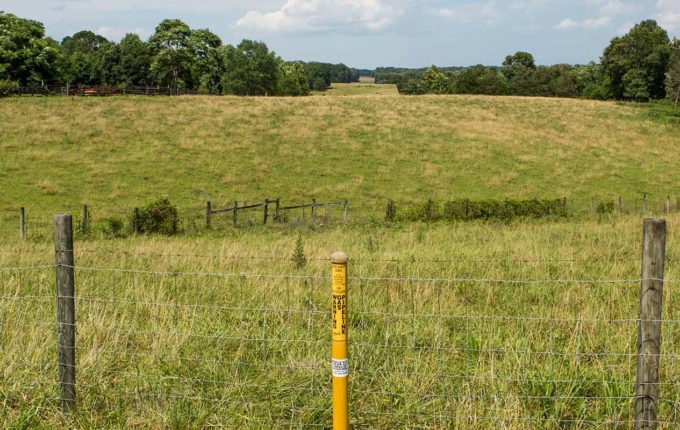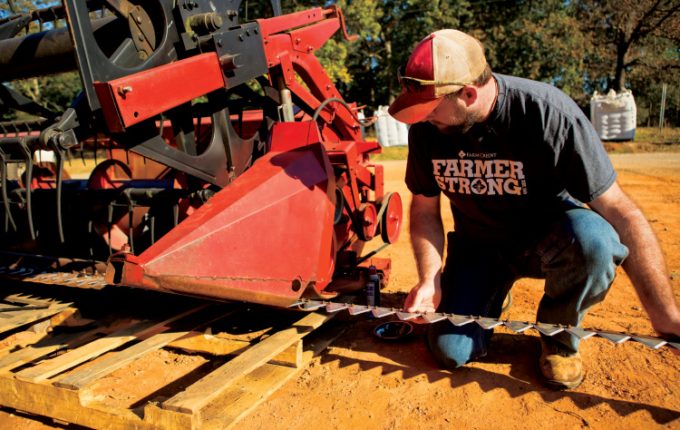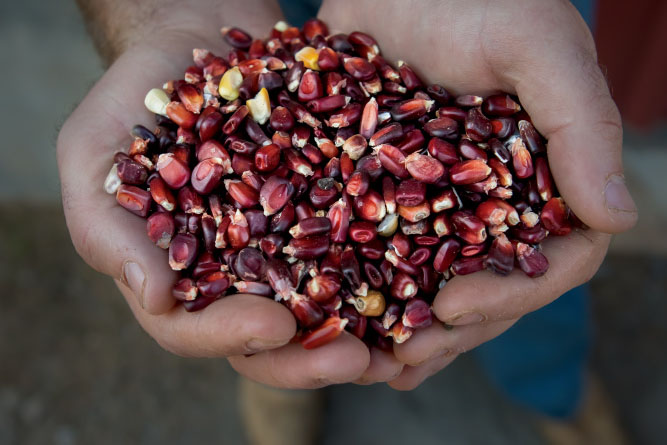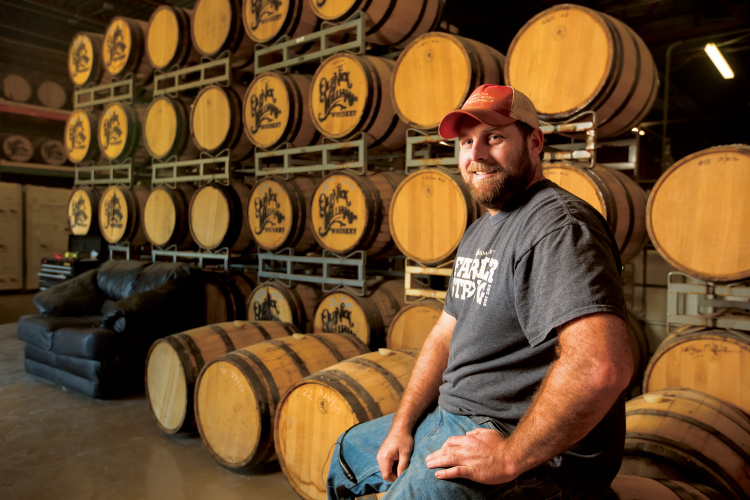On January 26th, the North Carolina Department of Environmental Quality issued one of the final critical permits needed to begin construction of the Atlantic Coast Pipeline (ACP).
Responding to the news, North Carolina Farm Bureau President Larry Wooten said, “North Carolina Farm Bureau and our state’s farmers applaud and thank Governor [Roy] Cooper and his administration for approving the permits that will allow the Atlantic Coast Pipeline to move forward. We believe, and our farmers across the state believe, that natural gas in rural North Carolina is important for advancing our number one industry and certainly it’s important for economic development in rural North Carolina.”
What is the Atlantic Coast Pipeline (ACP)?
Put simply, the ACP will help deliver natural gas to rural North Carolina. The new pipeline will link North Carolina to the abundant natural gas supplies of the Marcellus and Utica shale regions in the northeast. Traveling approximately 600 miles, the pipeline will move up to 1.5 billion cubic feet of natural gas per day. While most of that supply will used for electricity generation, there is sufficient volume to enable local natural gas distribution companies to expand their system to meet the demands of farmers and help drive rural economic development projects.
KEY ACP INFO
- 600 miles from West Virginia, thru Virginia, ending in Robeson County, NC
- Provides 1.5 billion cubic feet per day of natural gas
- 36-inch diameter pipe in NC
- Expected to provide $7.7 million in local property tax revenues in NC
- Possibility of $134 million in annual energy cost savings in NC
Why the ACP is good for Agriculture?
As we have discussed before, rural infrastructure initiatives are critical to the success of our rural economy. This is exactly the intent of the ACP – to boost our rural economy. While boosting our rural economies, the availability of natural gas is a key component to growing the State’s largest industry – Agriculture. This is a win-win situation.
Before the pipeline has even been built, the ACP partners are already meeting with farmers to discuss viable areas to extend natural gas to their farms. Access to natural gas provides farmers lower input costs and less price volatility. It’s also a critical component to siting NEW economic development projects. Currently, North Carolina is served by a single interstate pipeline delivering natural gas from the Gulf of Mexico. Adding additional supply from another region of the country provides diversity and competition, leading to the needed lower costs and price volatility. As the state’s largest general agricultural non-profit, a win for North Carolina’s rural economy and our farmers are great reasons to support this economic development project.
 The Bottom Line.
The Bottom Line.
North Carolina’s economic development infrastructure is reliant on a modern energy policy that promotes affordable and reliable energy production and delivery while protecting our farmers, landowners, and natural resources. We look forward to the ACP providing a key component to the infrastructure needed to grow our State’s largest industry and fuel rural economic development.








